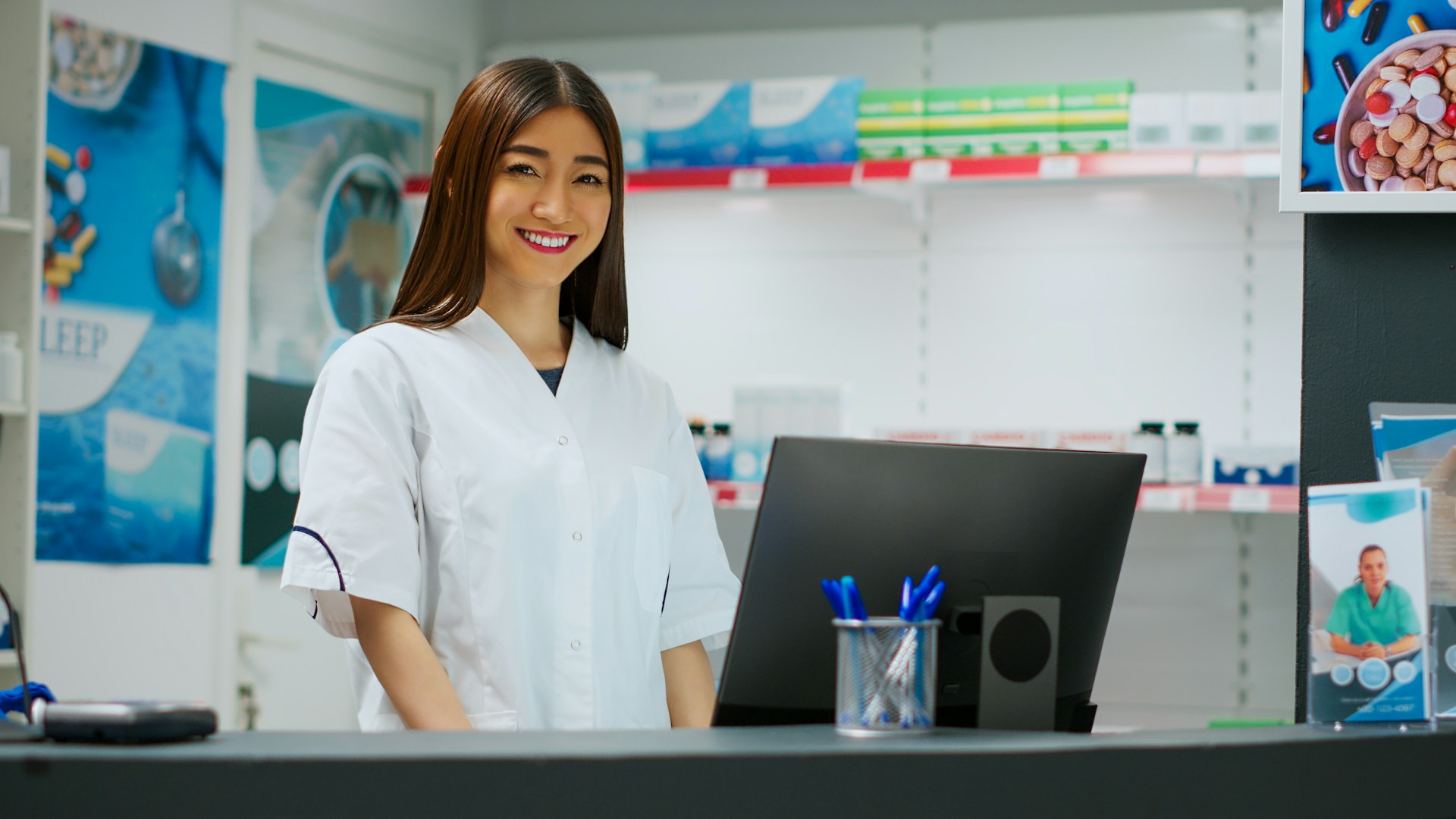Imagine walking into a pharmacy. The shelves are lined with medications, all crucial to someone’s health. Now, consider what could happen if just one of those medications was exposed to the wrong temperature. This can make medicines less effective and even dangerous. This is where an environmental monitoring system comes into play. It can ensure medications stay at the right temperature, promising they remain safe and effective.
In pharmacies, environmental monitoring systems aren’t just helpful—they’re almost mandatory. They exist to track conditions such as temperature and humidity. By using sensors and software, these systems provide real-time data that alerts pharmacists to any changes. This means that any fluctuation in the environment won’t go unnoticed. Understanding these systems can make a significant difference in maintaining safety standards.
Why Pharmacies in Durham, NC Need an Environmental Monitor System
Setting up an environmental monitor system in a pharmacy, especially in a place like Durham, NC, isn’t a luxury. It’s a necessity. Pharmacies must adhere to strict regulations. These guidelines from agencies like the FDA and the state pharmacy board require that medications are kept under specific conditions. Failure to comply can result in hefty penalties and, even worse, potential harm to patients.
Let’s look at some reasons why this system is needed:
– Keep Medications Safe: Many medications lose their potency if they are stored at incorrect temperatures. Conditions like humidity can also impact their efficacy.
– Regulatory Compliance: Pharmacies must meet the standards set by several authorities. An environmental monitor system helps ensure these guidelines are met consistently.
– Prevent Financial Losses: Medications that spoil due to improper storage can lead to significant financial losses. A good monitoring system helps prevent this by providing alerts before conditions get out of hand.
These benefits clearly show why having a robust system is so important. In a city that’s growing as quickly as Durham, ensuring every pharmacy is equipped to meet these standards is not just smart—it’s responsible. With fluctuating weather patterns and variable temperatures throughout the year, such systems have become indispensable for maintaining quality standards and ensuring patient safety.
Key Components of an Environmental Monitoring System
Understanding the essential parts of an environmental monitoring system helps ensure it works effectively. These systems typically include:
– Sensors for Temperature, Humidity, and Pressure: These sensors are the first line of defense in maintaining optimal conditions. They detect any changes in the environment, ensuring medications remain safe and effective.
– Monitoring Software and Real-Time Alerts: Software collects data from sensors in real time. It sends alerts if conditions drift outside the safe range, allowing for quick action to address any issues.
– Data Logging and Reporting Features: Keeping records of environmental data is crucial for compliance and audits. These logs prove that conditions were maintained correctly and can highlight trends or recurring issues that need attention.
Setting up an environmental monitoring system with these components ensures that your pharmacy’s environment remains stable. By being proactive, you can prevent potential problems before they arise.
Steps to Set Up an Environmental Monitoring System
With basic knowledge of the components, the next step is to install the system in your pharmacy. Here’s a simple guide to get you started:
1. Assess Needs: Take into account the specific requirements of your pharmacy. Consider the types of medication you stock and their storage needs.
2. Select Equipment and Software: Choose sensors and software that match your pharmacy’s requirements. It’s important to ensure they integrate well together.
3. Installation and Setup: Once you have the equipment, proceed to installation. Position sensors strategically where they can best monitor conditions. Set up the software and connect it to your sensors.
4. Regular Maintenance and Calibration: Maintain the system routinely. Calibrate the sensors regularly to keep readings accurate and reliable.
By following these steps, you create a seamless setup and help ensure the system runs optimally.
Ensuring Optimal Storage Conditions for Medications
Consistent monitoring can prevent numerous issues linked to improper drug storage. For example, if a temperature sensor indicates rising temperatures inside a storage unit, real-time alerts will prompt immediate action. This quick response keeps medications from going beyond safe limits, preserving their effectiveness.
Real-life scenarios show that pharmacies with reliable environmental monitoring systems can quickly correct issues, often avoiding significant losses. These systems act like guardians, always watching and waiting to alert you to any potential problems.
Creating a Safer Pharmacy Environment Today
A stable environment goes beyond just compliance; it’s about ensuring patient safety as well. When pharmacies integrate a comprehensive environmental monitoring system, they not only protect their inventory but also enhance trust with their clientele. Customers can rely on your pharmacy, knowing their medications are managed with care.
Investing in a monitoring system demonstrates a commitment to quality and safety. It gives peace of mind to both pharmacists and patients. By maintaining optimal drug storage conditions, pharmacies safeguard health and build a reputation of reliability in the community.
Upgrade your pharmacy’s safety measures by using an effective environmental monitor system to keep everything running smoothly and within compliance. At Qualified Controls, we offer solutions that integrate seamlessly with your existing setup. Explore how you can enhance monitoring and ensure medication safety by getting in touch with us today.


